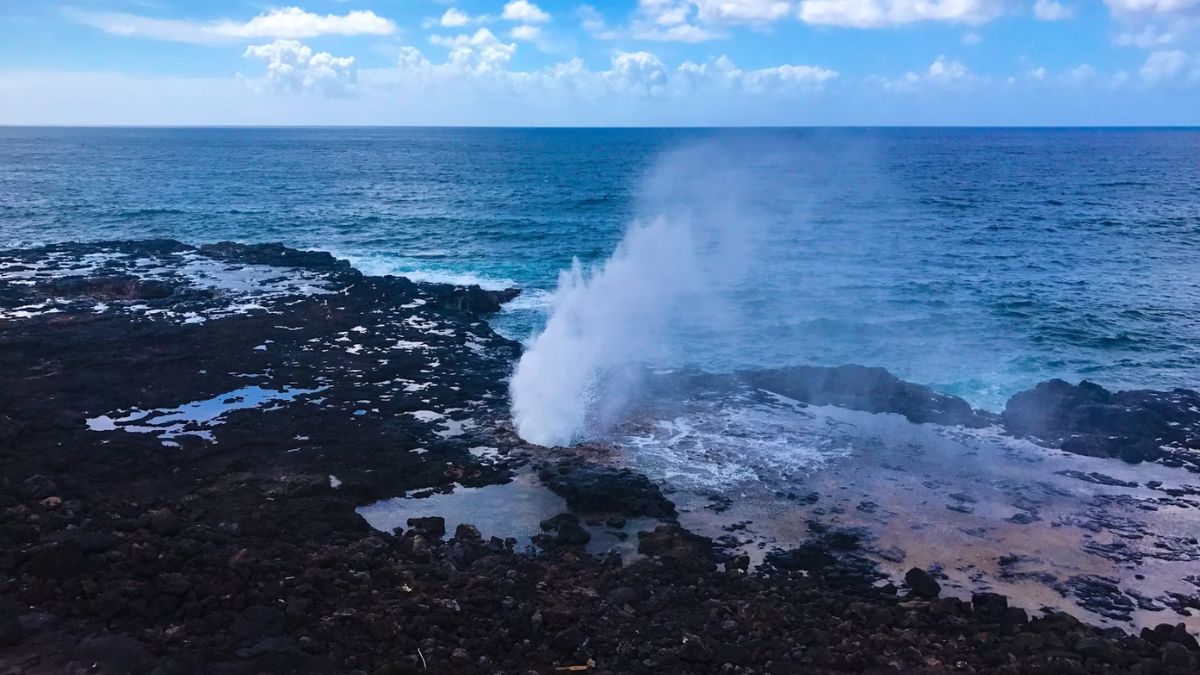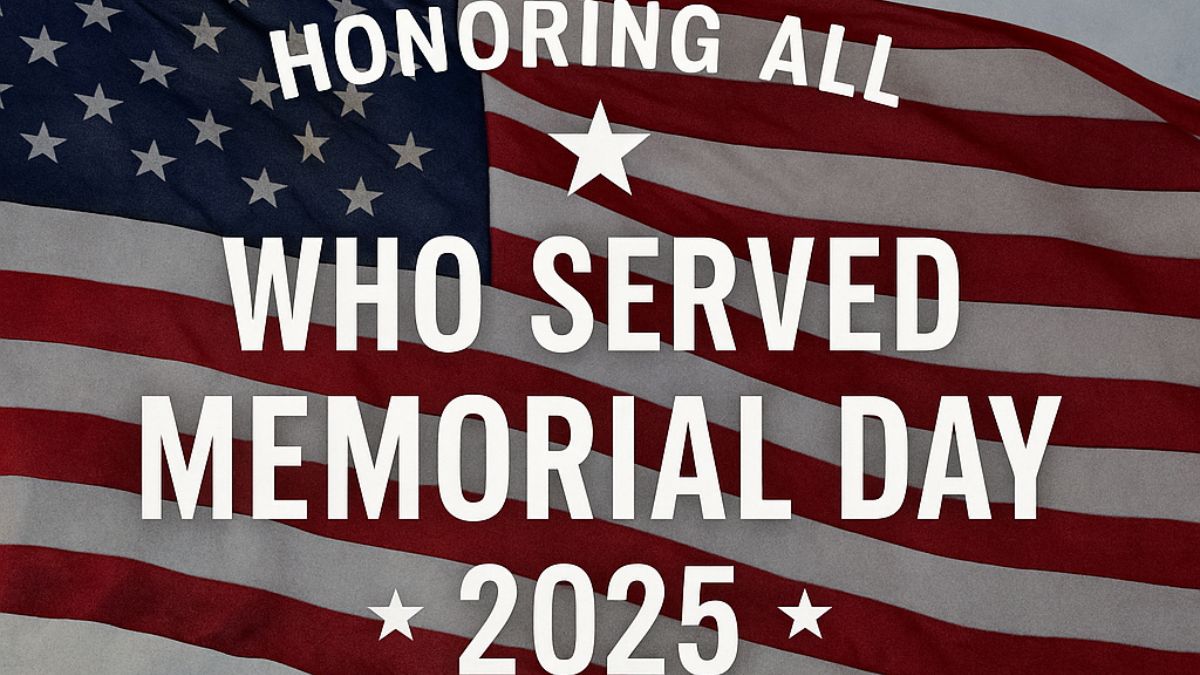New York: A powerful magnitude 7.4 earthquake rattled the seafloor off Russia’s Kamchatka Peninsula late Saturday night, triggering immediate concerns of a tsunami potentially heading for Hawaii. Within minutes, the Pacific Tsunami Warning Center issued a tsunami watch — prompting brief tension and confusion among residents just winding down their evening.
But by 9:42 p.m. HST, the watch was canceled as rapidly as it had arrived. According to updated seismic data and ocean buoy readings, there was no tsunami threat to Hawaii. It was a sigh of relief, but a powerful reminder of just how fast — and fragile — these situations unfold.
So why did this event matter? Because the Pacific Rim is unpredictable. For a moment, it felt like we were just one tremor away from disaster. This article breaks down what happened, how tsunami warnings work, what Hawaii’s alert system looks like in action — and why social media lit up with confusion, memes, and emergency prep threads.
Also Read: 20 Years of Love and Vigil: The Story Behind Saudi’s ‘Sleeping Prince’
What Exactly Happened Off the Coast of Russia?
At 8:49 p.m. HST on July 19, 2025, a magnitude 7.4 earthquake struck off the east coast of the Kamchatka Peninsula, a seismically active region in the Russian Far East. Within 15 minutes, the Pacific Tsunami Warning Center (PTWC) issued a tsunami watch for Hawaii.
Earthquake Location: Eastern coast of Kamchatka Peninsula, Russia
Time: 8:49 p.m. HST | 11:19 a.m. local time in Russia
Magnitude: Initially reported as 7.5, later revised to 7.4
Watch Issued: 9:03 p.m. HST
Watch Canceled: 9:42 p.m. HST
No tsunami waves were observed. PTWC scientists concluded based on real-time seismic data and ocean sensors that no threat existed to Hawaii or surrounding Pacific regions.

What’s a Tsunami Watch vs. Advisory vs. Warning?
The terminology can be confusing, especially in fast-moving situations. Here’s a quick breakdown:
| Alert Type | What It Means |
What You Should Do
|
| Tsunami Watch | A possible tsunami might form — data is still being analyzed. |
Stay informed, get emergency kits ready.
|
| Tsunami Advisory | A tsunami may cause strong currents and waves — but not major flooding. |
Stay off beaches, avoid harbors.
|
| Tsunami Warning | A major tsunami with destructive flooding is imminent or expected. |
Evacuate low-lying areas, follow emergency orders.
|
In Hawaii’s case, only a watch was issued — meaning residents were simply told to stay alert. The cancellation meant there was no wave energy capable of threatening shorelines.
How People Reacted on Social Media
Social media lit up almost immediately after the tsunami watch went out. Here are some reactions:
@AlohaJane: “We really out here trying to sleep and the Pacific Ring of Fire says ‘no.’ #TsunamiWatch”
@IslandPrepper808: “That was the fastest cancelation ever… but I already grabbed my go bag and granola bars. Not taking chances.”
@GenZGeoNerd: “7.5 off Kamchatka? We’re lucky again. Hawaii dodged one.”
Many expressed confusion about what a “watch” actually meant, while others pointed out the importance of always having a plan, especially in tsunami-prone zones like Hawaii.
Always Be Prepared — But Don’t Panic
The canceled watch may have felt like a false alarm, but it’s a stress test for emergency response. Hawaii is no stranger to tsunami threats — from 1946 Hilo’s devastating tsunami to the 2011 Japan tsunami reverberations that reached U.S. shores.
Yes, this time, it was a drill in real life — and we got lucky. But the pace of these alerts, and how quickly they can change, proves that every second counts in the Pacific.
Even if the ocean stays still, it’s worth knowing the signs, the zones, and your next move. Because the next one might not end with a cancellation.







